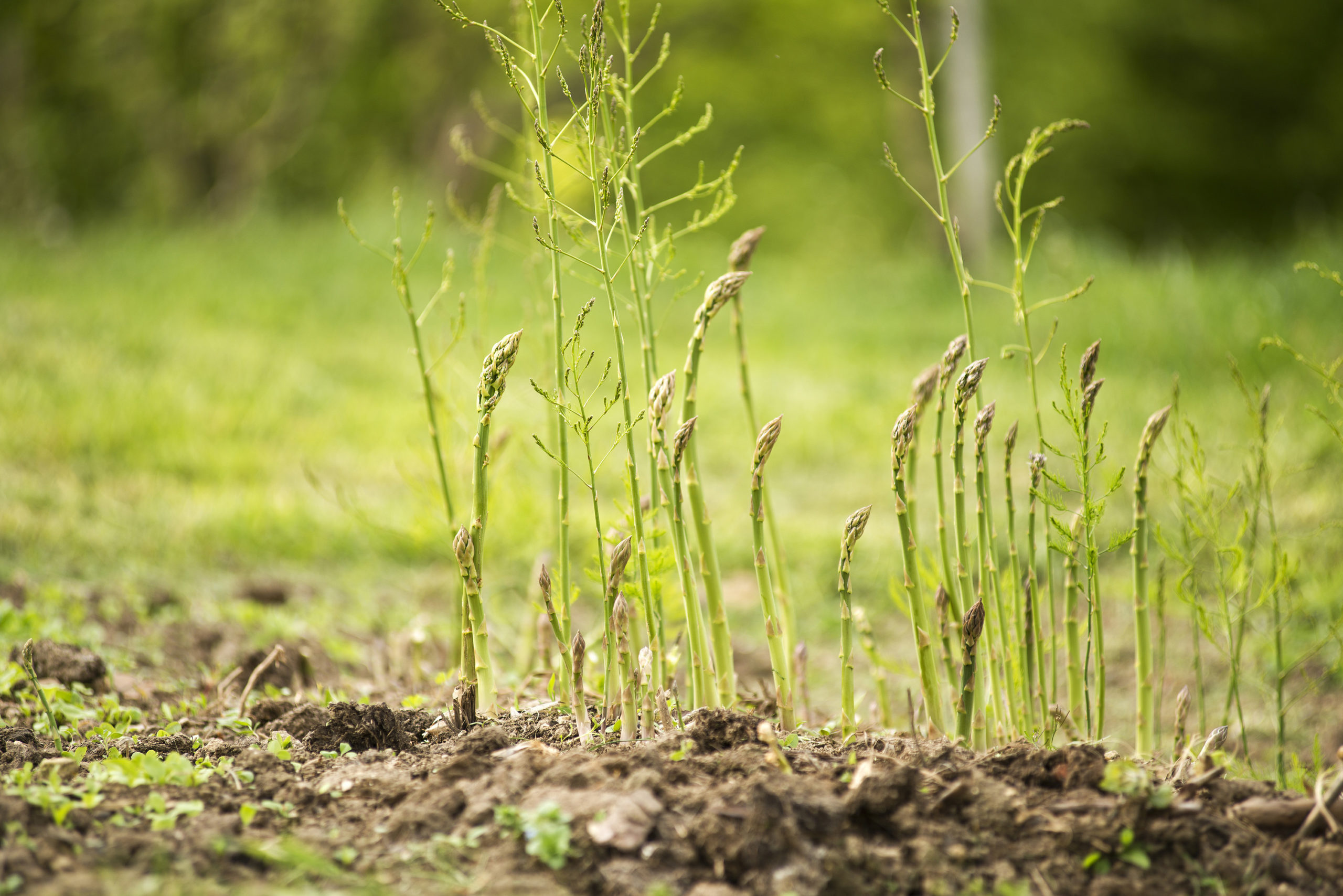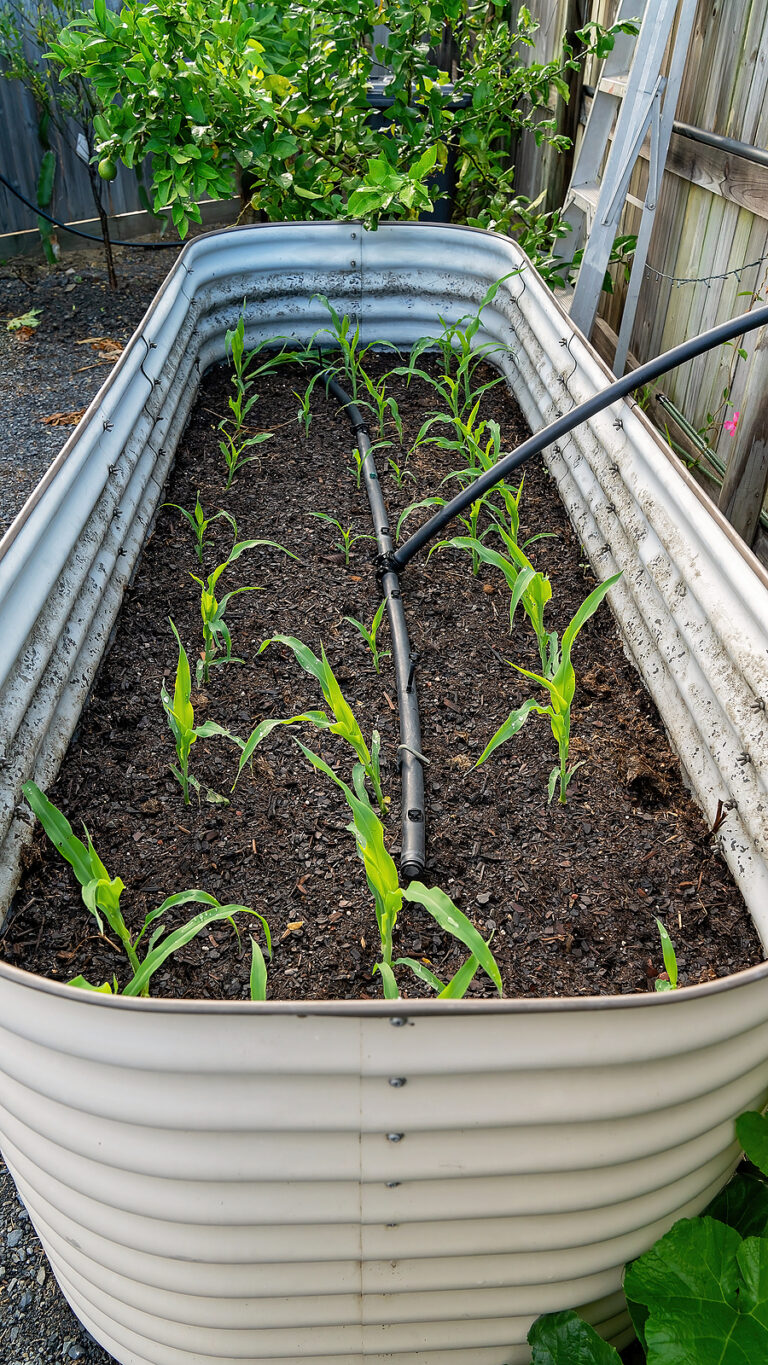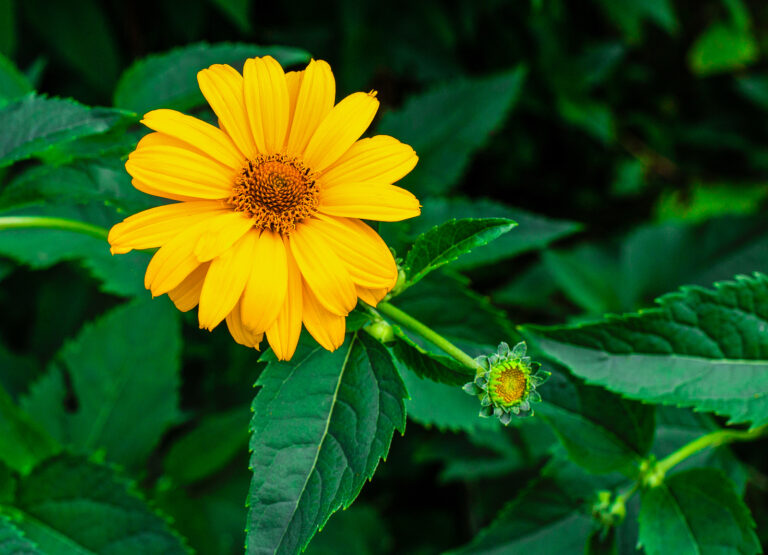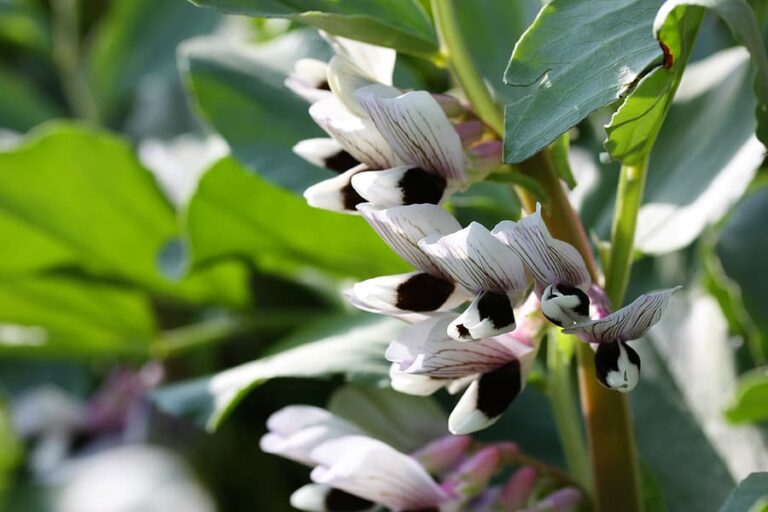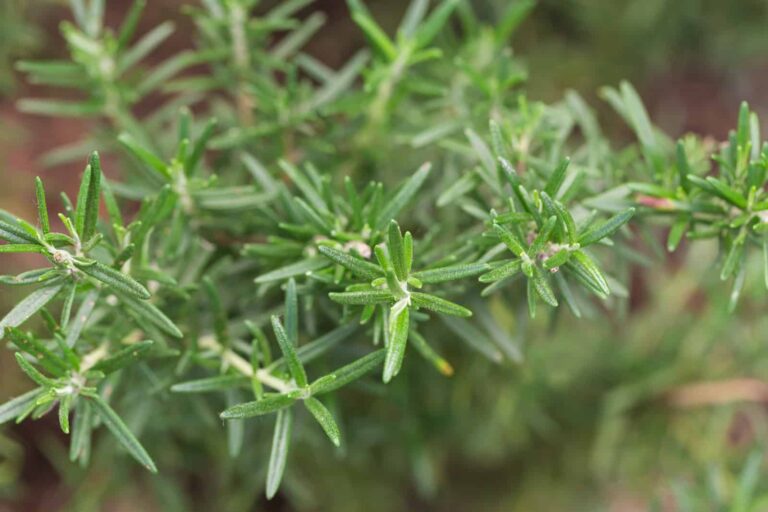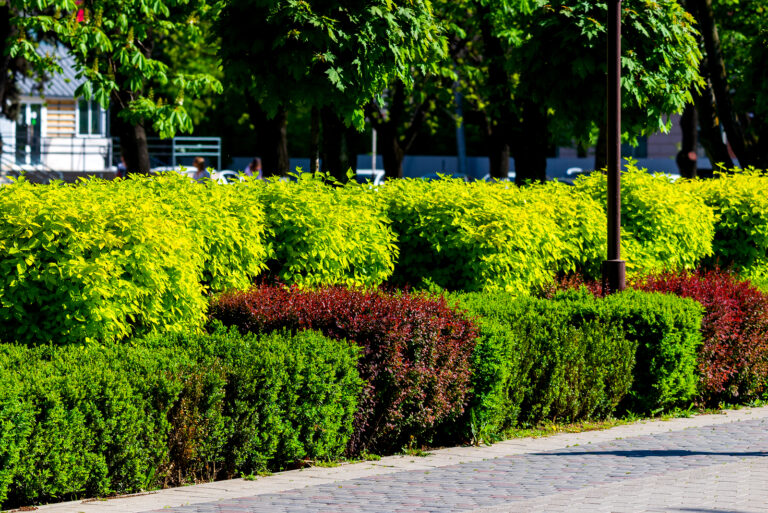Growing Perennial Vegetables, Herbs, Fruits
Adding edible perennials to your garden will give you many years of harvest pleasure. Asparagus, artichokes, Jerusalem artichokes, rhubarb, raspberries, blackberries, strawberries, blueberries, and perennial herbs are easy-to-grow perennial edibles.
Planning to plant perennial crops
Perennials live in one place for several years and have different management needs than annuals. Dedicate specific growing spaces to each perennial crop. You can spread perennial crops to different spaces throughout the garden or yard. Give them room to grow and mature over several seasons. Plant perennials in full sun (some afternoon shade is appreciated by many perennial vegetables and herbs). The planting space will be prepared once; yearly overhaul of beds will not be necessary but you will want to give perennial crops small applications of compost, organic fertilizer, and other soil amendments yearly. Check at your garden center for when these crops are available–many will be available in both spring and fall.
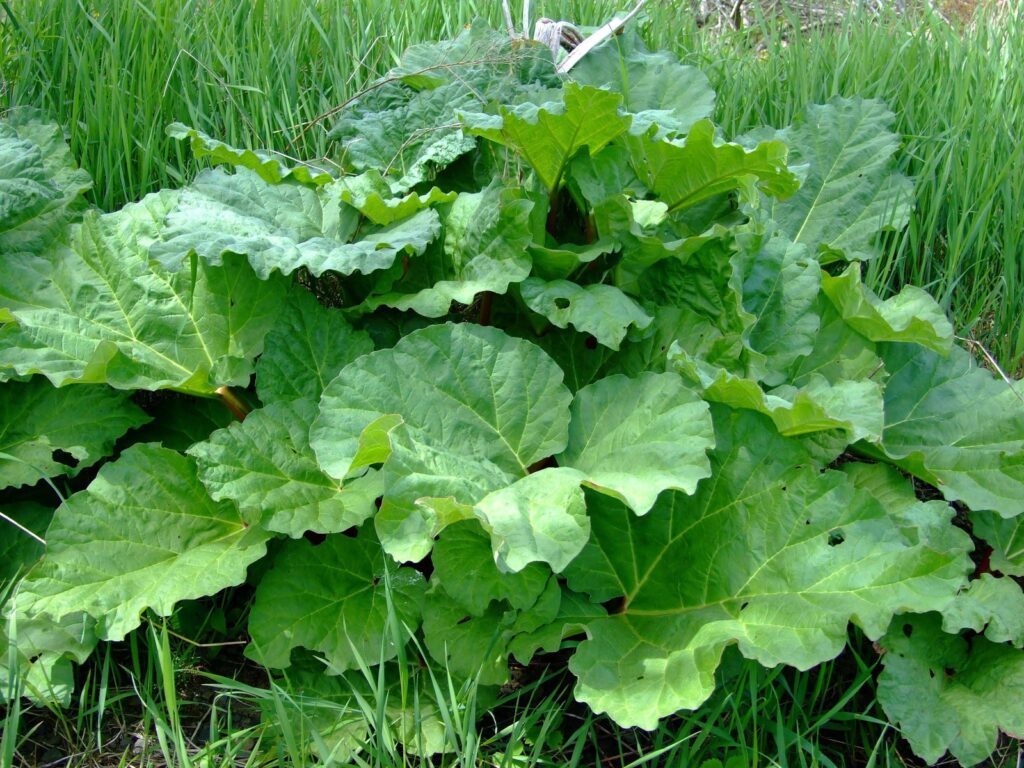
Advantages of growing perennial crops
- Perennials make fewer demands on the soil than nutrient-hungry annuals that complete their entire growth cycle over one growing season.
- Perennials tend to be disease and pest-free once established.
- Perennials tend to be high-yield crops; for example, Jerusalem artichokes are five times more productive than potatoes.
- Many perennials are hybrids and are more productive than older strains. Dwarf strains can be one-third the size of older strains.
- Many perennials have very high nutritional value.
- Perennials can often be propagated by division or cuttings.
- You will not need to resow or replant each year.
- Perennial crops require less time to look after.
Drawbacks of growing perennial crops
- Perennial crops grow for several years requiring dedicated space. They are often considered permanent plantings.
- Perennial crops can not be included in garden crop rotation.
- Perennial crops tend to be space invaders. You must allow for full growth and sometimes extensive root systems.
- For best yield, weeding and mulching are ongoing.
- Maintenance time is required for most perennial crops; clearing old stems at the end of autumn, and spring pruning.
- Some perennial crops such as bush and bramble fruits need at least two varieties for cross-pollination.
- Most perennial fruit bushes and trees need to be covered with netting to thwart birds as fruits ripen.
- Most perennial fruit bushes and trees require staking or trellising.
- Many perennial crops require winter protection, heavy mulching, or cloches.
Here are perennial edibles with planting time, space requirements, and life span. Click on each for planting and growing details.
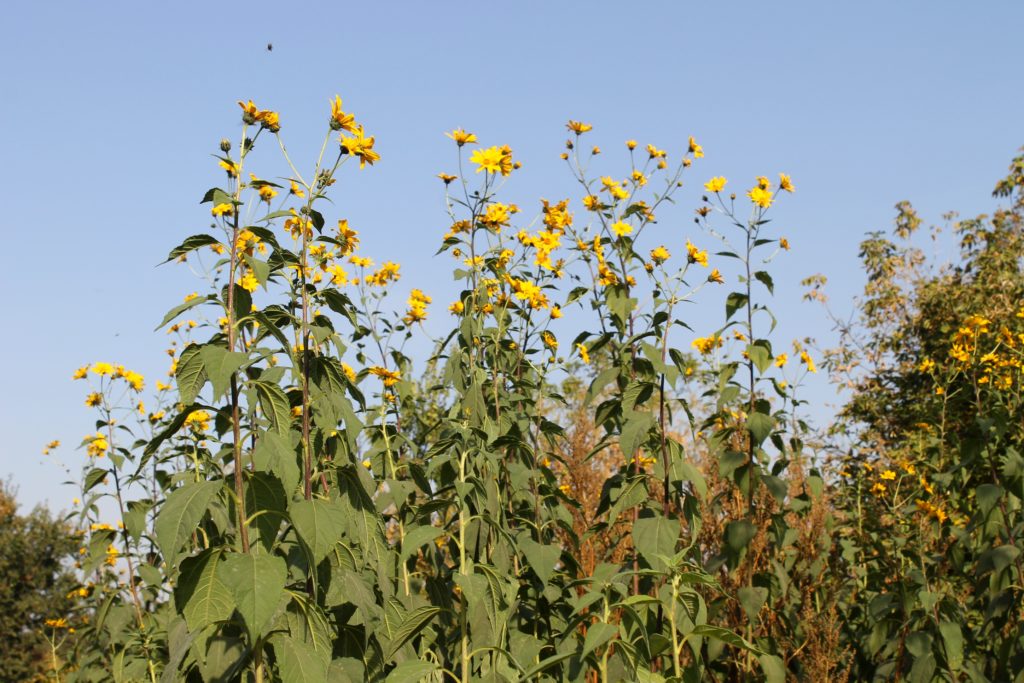
Perennial vegetables
- Artichoke: transplant to garden 2 weeks after the last frost in spring; space 3-4′ apart; mature height 5-6′; life span 1-5 years; annual yield 20-30 buds; Zones 7 and warmer.
- Asparagus: transplant in spring or autumn; space 12″ apart; mature height 12″; life span 15 years; annual yield 1 spear per week for 8 weeks; Zones 2-7.
- Cardoon: transplant in spring; space 3-4′ apart; mature height 6-10′; life span 3-5 years; annual yield several bushels of basal leaves; Zones 7-8.
- Jerusalem artichoke: transplant tubers in fall; space 12″ apart; mature height 6-10′; life span – tubers reproduce year to year; annual yield .5-1 pound per row foot; Zones 2-8.
- Rhubarb: transplant in spring or fall; space 24-36″ apart; mature height 24-36″; life span up to 20 years; annual yield 1-3 pounds per picking, 2-3 pickings per year; Zones 3-8.

Perennial fruits
- Blackberry: plant fall or spring; space 2-5′ apart; mature height 5-15′; life span 5-10 years; annual yield 3-10 pounds; Zone 4-9 depending on the variety.
- Blueberry: plant fall or spring; space 5-6”; mature height 3-6′; life span 30 years; annual yield up to 4 gallons per plant after 5 years; Zones 4-9 depending on the variety.
- Currants: plant fall or spring; space 3-5′; mature height 3-5′; life span 15-30 years; annual yield 4-8 quarts per plant; Zones 3-8.
- Gooseberry: plant fall or spring; space 3-5 feet; mature height 3-5′; life span 15-30 years; yield 4-8 quarts per plant; Zones 3-8.
- Grape: plant fall or spring; space 8-10′; mature height 4′; life span 50+ years; annual yield 5-15 pounds per vine; Zones 5-9 depending on the variety.
- Kiwi: plant fall or spring; 8-15′; mature height indeterminate; lifespan 50+ years; annual yield 25-100 pounds; Zones 6-9 depending on the variety.
- Raspberry: plant fall or spring; space 1-3′; mature height 4-10′; life span 10-20 years; annual yield 0.8 pounds per row foot; Zones 3-9.
- Strawberry: plant fall or spring; space 8-12″; mature height 6″; life span 2-12 years; annual yield 0.5-1 pound per row foot; Zones 3-9.
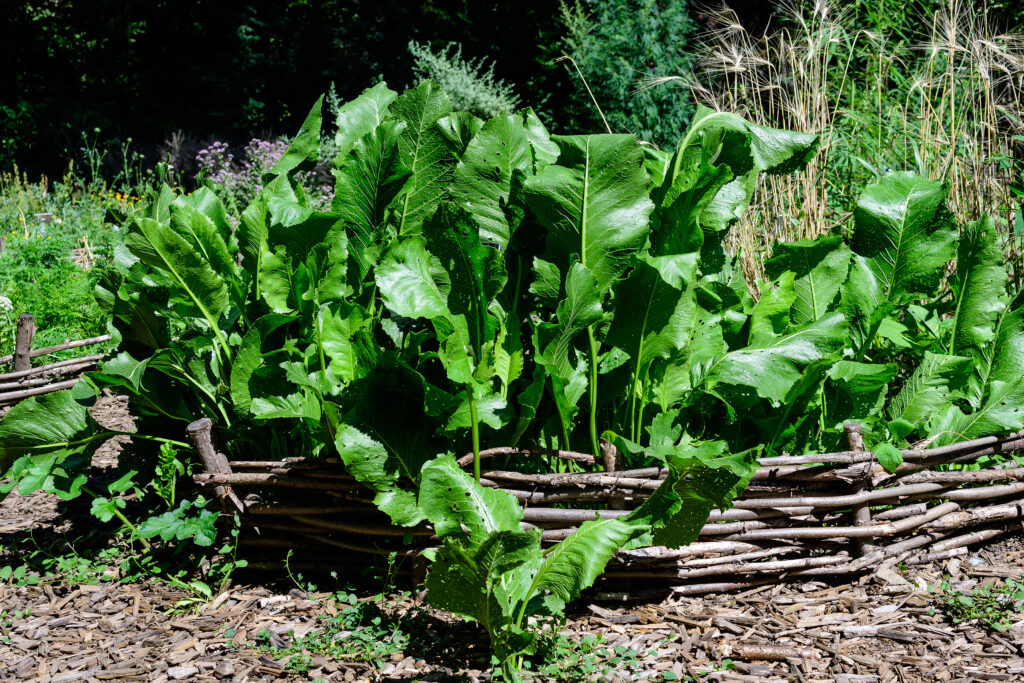
Perennial herbs
- Anise Hyssop: plant spring; space 12-24″ apart; mature height 24″; life span indeterminate; annual yield variable; Zones 4-9.
- Bay: plant spring; space 3-15′; mature height 3-30′; life span 50+ years; annual yield variable; Zones 8-11.
- Chives: plant spring; space 12-18′; mature height 12-18″; life span indeterminate; annual yield variable; Zones 3-10.
- Fennel: plant spring; space 2-3′; mature height 2-6′; life span indeterminate; annual yield variable; Zones 5-9.
- Horseradish: plant spring; space 2-3′; mature height 24″; life span indeterminate; annual yield variable; Zones 2-9.
- Lavender: plant spring; space 3-5′; mature height 24-36″; life span 3-5 years; annual yield variable; Zones 5 and warmer.
- Lemon Balm: plant spring; space 12-24″; mature height; life span indeterminate; annual yield variable; Zones 3-10.
- Lemongrass: plant spring; space 2-3′; mature height 24-36″; life span indeterminate; annual yield variable; Zones 9 and warmer.
- Lemon Verbena: plant spring; space 12-24″; mature height 12″-6′; life span indeterminate; annual yield variable; Zones 8-10.
- Marjoram: plant spring; space 12-24″; mature height 12″; life span 3-5 years; annual yield variable; Zones 7-9.
- Mint: plant spring; space 12-24″; mature height 24-36″; life span indeterminate; annual yield variable; Zones 3-11.
- Oregano: plant spring; space 12-24″; mature height 12″; life span 3-5 years; annual yield variable; Zones 4-10.
- Rosemary: plant spring; space 2-5′; mature height 3-5′; life span 5-10 years; annual yield variable; Zones 8 and warmer.
- Sage: plant spring; space 3-5′; mature height 24-36″; life span variable; annual yield variable; Zones 5-9.
- Savory: plant spring; space 12-24″; mature height 12-24″; life span 3-5 years; annual yield variable; Zones 6-10.
- Sorrel: plant spring; space 12″; mature height 12″; life span 5+ years; annual yield variable; Zones 4-9.
- Stevia: plant spring; space 2-3′; mature height 24-36″; life span variable; annual yield variable; Zones 9-10.
- Tarragon: plant spring; space 2-3′; mature height 24-36″; life span 3-5 years; annual yield variable; Zones 5-9.
- Thyme: plant spring; space 12-24″; mature height 12″; life span 3-5 years; annual yield variable; Zones 5-9.
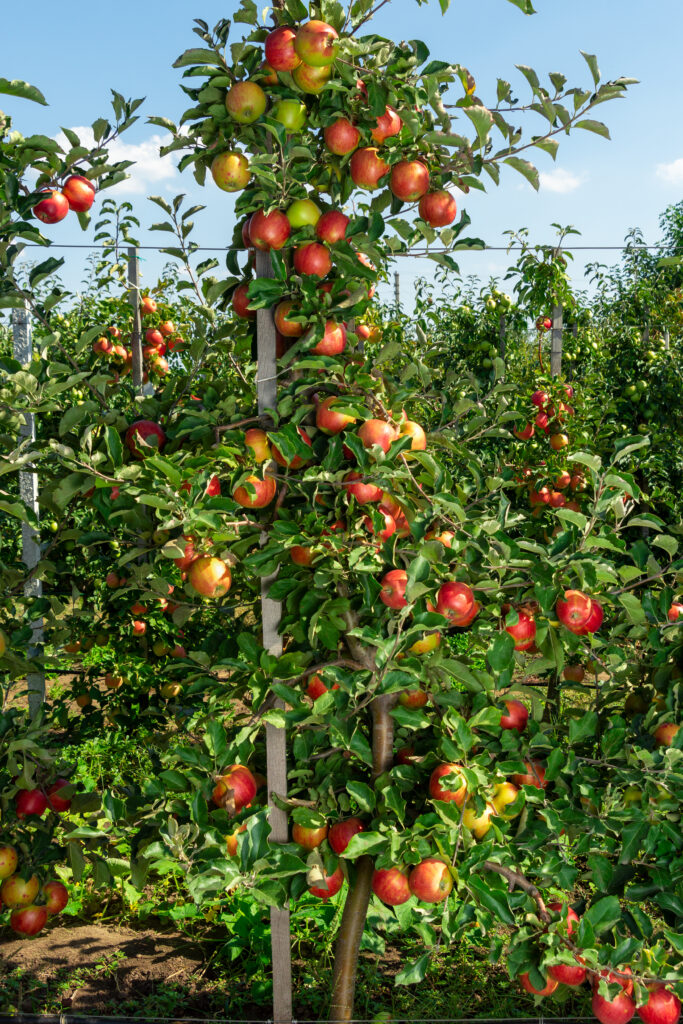
Fruit trees
- Apple: plant fall or spring; space 5-10′; mature height 5-50′; lifespan 25-50+ years; annual yield 50-300 pounds; Zones 3-8.
- Cherry: plant fall or spring; space 5-20′; mature height 5-50′; life span 10-30 years; annual yield 50-150 pounds; Zones 5-9.
- Citrus: plant spring; space 3-15′; mature height 3-30′; life span 50+ years; annual yield 50-150 pounds; Zones 7 and warmer.
- Fig: plant fall or spring; space 5-20′; mature height 3-30′; life span 10-30 years; 10-30 pounds; Zones 8-10.
- Pear: plant fall or spring; space 5-20′; mature height 5-50′; life span 20-30 years; annual yield 50-300 pounds; Zones 5-9.
- Mulberry: plant fall or spring; space 5-20′; mature height 10-70′; life span 50+ years; annual yield 5-25 pounds; Zones 4-8.
- Peach: plant fall or spring; space 5-20′; mature height 5-15 feet; life span 10-15 years; annual yield 50-200 pounds; Zones 5-8.
- Plum: plant fall or spring; space 5-20′; mature height 4-40′; life span 10-20 years; annual yield 10-100 pounds; Zones 6-9.
Related articles:
Planning the Home Fruit Garden
Garden Planning Books at Amazon:
- Vegetable Garden Almanac & Planner
- Kitchen Garden Grower’s Guide Vegetable Encyclopedia
- Vegetable Garden Grower’s Guide
- Tomato Grower’s Answer Book

